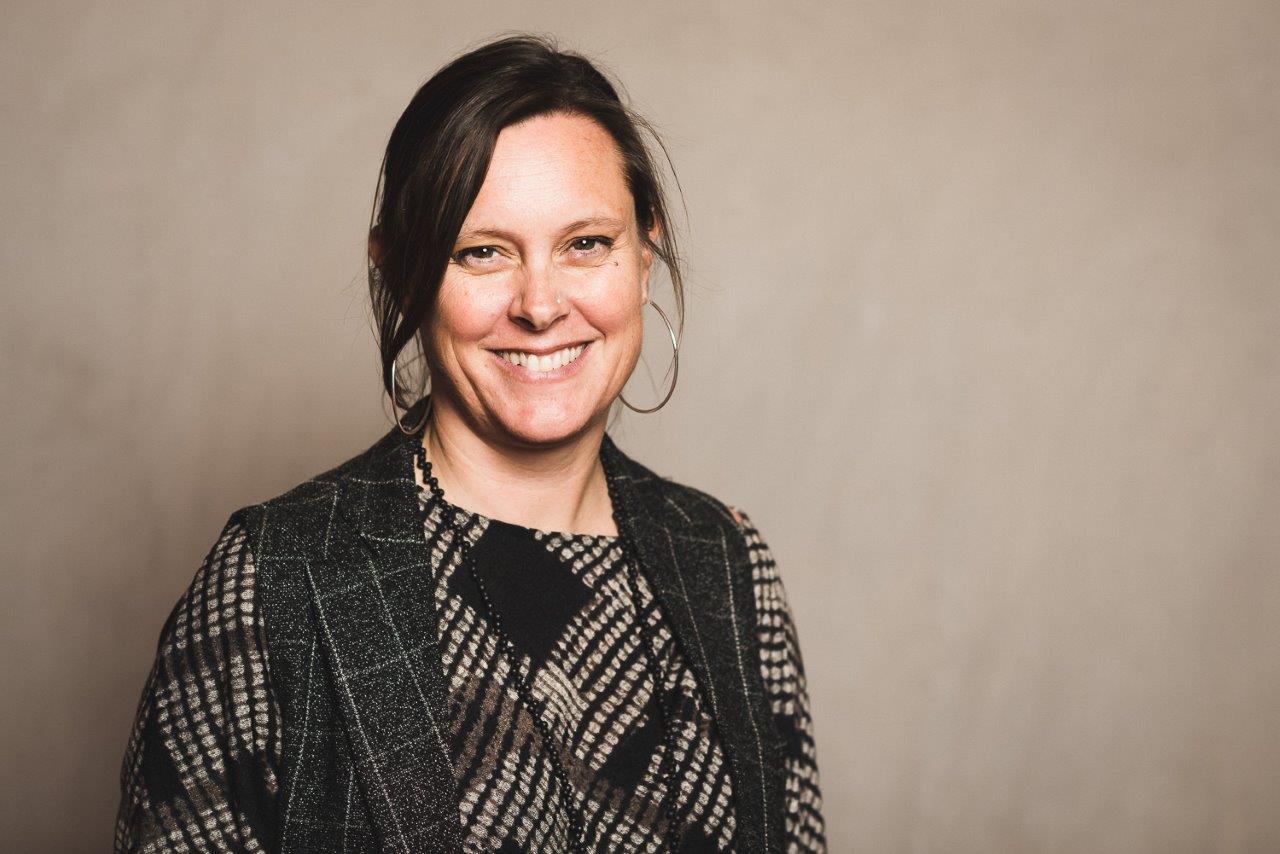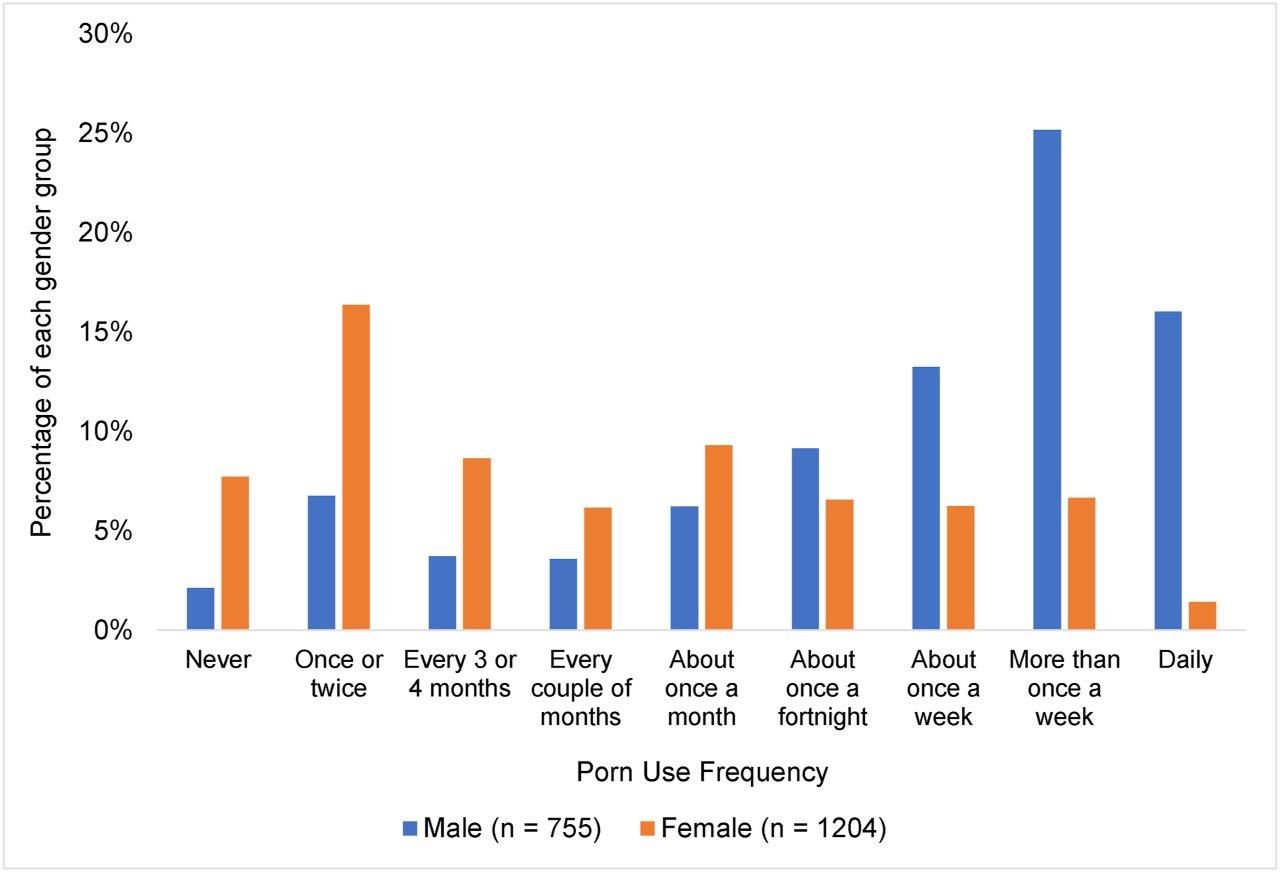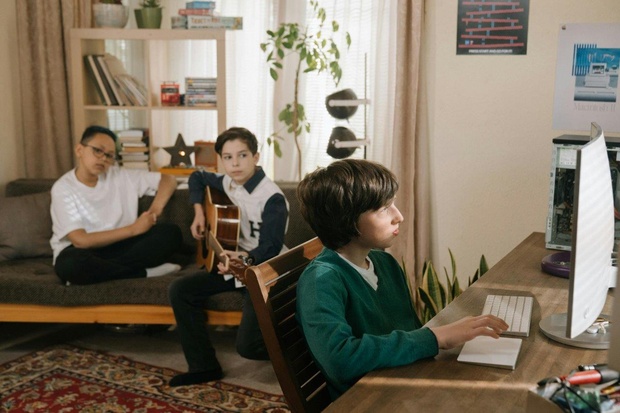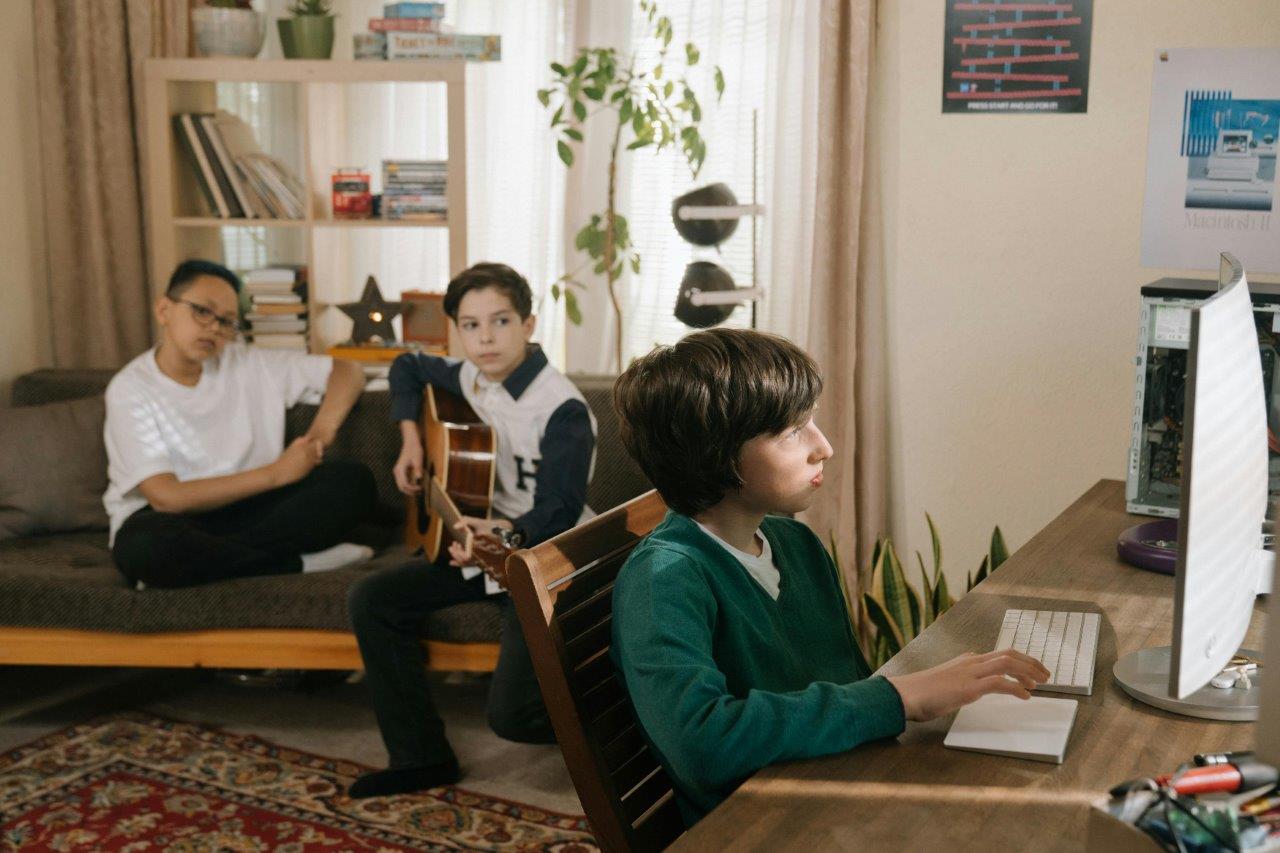A new anonymous online QUT survey of 1985 young Aussies aged 15-20, across a range of demographics, has recently found that 86 per cent of male participants and 69 per cent of female participants had seen pornography.
That, of course, is of no great surprise. The cause for concern is the fact that the average age of first exposure was about 13 for boys and 14 for girls.
The survey, conducted by Our Watch – Australia’s leading violence prevention organisation – was undertaken to help inform violence prevention efforts, acknowledging porn’s role in contributing to gender-based violence, and what researchers found not only confirmed many of their already existent concerns, but also raised significant new ones.
Maree Crabbe has developed and delivered programs focusing on sexual violence prevention, sexual diversity, pornography and the prevention of sexually transmissible infections and has worked with young people for 30 years. She is also co-founder of It’s Time We Talked, a violence prevention initiative that’s focused on pornography and its impact on young people.
The main aims of the initiative are around supporting young people and the broader community to critique the kinds of messages, particularly messages about gender and sex, that are portrayed through mainstream pornography and to promote better understandings of them.
Crabbe, who has co-authored a study of the survey results, says the survey is significant because understanding the scale of the issue helps us understand the importance of addressing it, and the nature of it.
“On average, [the survey showed] young men are seeing pornography three years before their first partnered sexual experience, and young women are seeing it two years before – so there’s a long time at a very significant stage in young people’s development, where porn is the dominant form of sexuality education,” she says.
Now, if what young people were seeing largely comprised models of sexuality that were respectful, consenting equals, likely to be genuinely pleasurable, then that would be one thing, Crabbe explains, but what they’re seeing is often significant levels of aggression that is almost always directed towards women.
“Mainstream pornography very commonly depicts aggression – and often shows a pleasured response from the person being aggressed against,” Crabbe explains.
“So the message to the viewer is that girls and women like to be gagged, choked, spanked, and [be recipients of] other forms of aggression.
“And then they’re also seeing non-consensual behaviour – so themes such as forced sex, hidden camera, incest themes – things that are classifiable as sexual violence, that you can be charged with [having committed] a crime and go to jail for – as absolutely routine on major porn sites.”

“If we’re not addressing pornography as part of sexuality in relationships education, then we are failing to address a key factor in young people’s sexual socialisation,” Maree Crabbe says. “We’re leaving them alone, to navigate porn’s influence without supporting them to think critically about that influence.”
Horrifyingly, these are the messages that young people are consuming, often at a time when they’ve had very little opportunity for counter reference points, they haven’t had their own sexual experiences, they haven’t had the adults in their lives talking with them about what respectful consenting sexuality looks like and how to negotiate it, and they’re absorbing some very concerning messages about pornography.
So how can schools, teachers and the sector more generally respond to this generation’s dangerous, porn-fuelled sex education train wreck?
For starters, the results of the study show there’s a need for age-appropriate education.
While we wait for the Federal Government’s Respectful Relationships expert working group to deliver evidenced-based programs in schools, Crabbe says teachers can get on with the task at hand.
“We need to support younger children to develop related competencies without talking to them about porn specifically, so building their critical media literacy, including frameworks for understanding and critiquing the ways that gender stereotypes and gender inequality are so routinely reflected in a broad range of media,” Crabbe says.
“We also need respectful relating skills, online safety knowledge and behaviours, body safety … to help to equip young children with some of the tools that they might need if they’re exposed to pornography at a very young age, so help-seeking knowledge and behaviour as well.”
As they get older, Crabbe says students need to be provided with curriculum materials that include content on all of those things for students.
“So, for example, the critical media literacy might include being able to critique more sexualised media, like music videos, or advertising and the representations of gender and power within those,” she explains.
“And then as they get older again, so in secondary school, there needs to be overt curriculum that is addressing pornography and other forms of media and culture, influencing young people’s expectations and norms.”
The most effective approach to addressing porn’s influence involves collaboration between schools, parents and the broader community.
In this whole school approach, Crabbe says, the key messages are reinforced across the school community, through the school’s policies, culture, staff, parents, community partnerships and student education.
Not surprisingly, Crabbe has written an academic article about the topic.
“So when we integrate the content into curriculum, there’s information about what that needs to look like, but also that it needs to sit alongside, or be part of, an integrated approach that includes equipping staff,” she says.
“It’s completely unreasonable to throw teachers who don’t feel well equipped into a classroom to have conversations about a topic like pornography, so we need to take seriously the need to equip teachers well, and there’s evidence that teachers who are equipped well do feel much more confident and comfortable to deliver this material.”

In the survey, more than half of young men 15 to 20 reported viewing pornography at least weekly, and one in six reported daily consumption, while for young women, those figures were 14 per cent used it weekly and 1.4 per cent used daily, illustrating extremely gendered results.
Crabbe says policies are required to support and reinforce this work, along with the engagement of parents as partners in these efforts.
“We need to address our school cultures to make sure that we’re not saying one thing in the classroom and then inadvertently undermining it in our school cultures,” she continues.
“Schools need leadership, they need leadership from government and from their sector organisations, to say, 'we understand that pornography is a really significant player in young people’s sexual socialisation – and we therefore have to address it as part of equipping them for healthy relationships and sexuality in the future – and here’s some guidance on how to do that and how to do that well'.”
Crabbe’s work has taken her from the public school sector to Catholic schools and Catholic school systems, as well as independent schools and their school systems.
“Within each of those sectors, what we see is quite a range, from schools who are really at the forefront of engaging in this work and have been for years, to schools that are struggling to talk about sex at all,” she says.
Part of what the mainstreaming of porn does, Crabbe explains, is it gives us a mandate to address it with children and young people.
“And so many of those schools are values-based and would subscribe to values that are counter to what porn is promoting.
“And I think there’s a question in there for whether we want to leave children and young people to learn about sex from the porn industry or whether we think schools, and school communities and families and others who care for young people, can do a better job?
“I would suggest that we can do a better job than porn and that we ought to be,” she concludes.
Late last year, we interviewed PhD candidate and sexologist Giselle Woodley, who presented a nuanced and multi-faceted perspective on pornography, sexual content and young people at a ‘POrnposium’ event at WA’s State Library, bringing together academics, relationship and sexual educators, former law enforcement officers and community speakers to discuss her findings. To read about that, click here.














